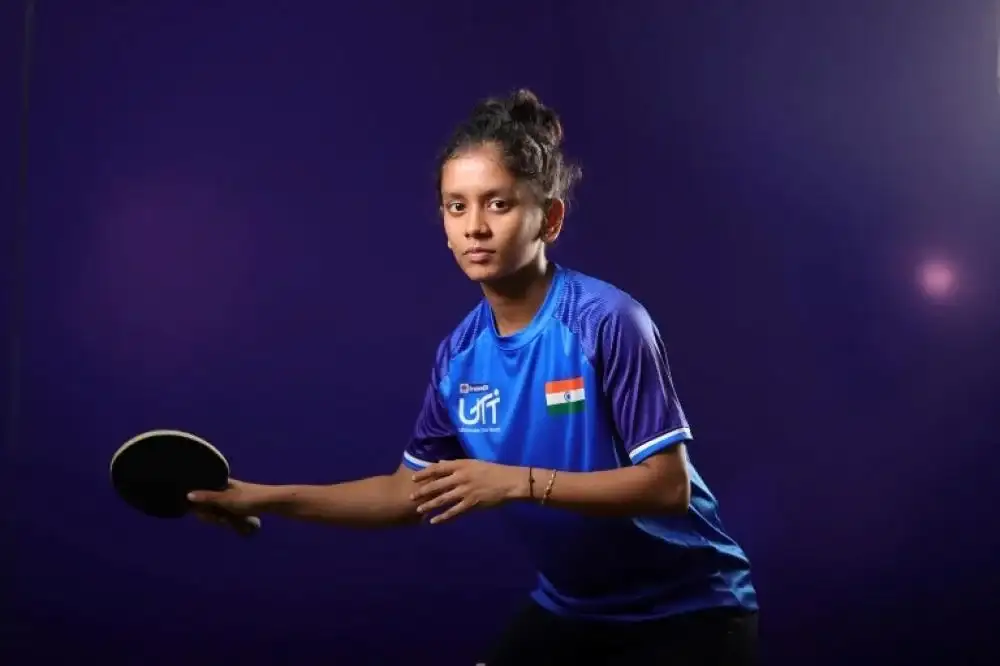Table Tennis, known for its speed and agility, is set to be a thrilling highlight at the Paris 2024 Olympics. This sport combines quick reflexes, precision, and intense strategy, making it one of the most exciting events to watch. As athletes prepare to showcase their skills on the global stage, let’s delve into the intricacies of table tennis, its history, gameplay, training methods, and key players to watch.
The Origins and Evolution of Table Tennis
Table Tennis originated in England during the late 19th century as a parlor game for the upper class. Initially called "gossima" or "whiff-whaff," it evolved from lawn tennis and used improvised equipment like books as paddles and a cork as a ball. The game gained popularity, leading to the establishment of formal rules in 1926, with the International Table Tennis Federation (ITTF) founded in 1924. The first World Championships were held in London in 1926.
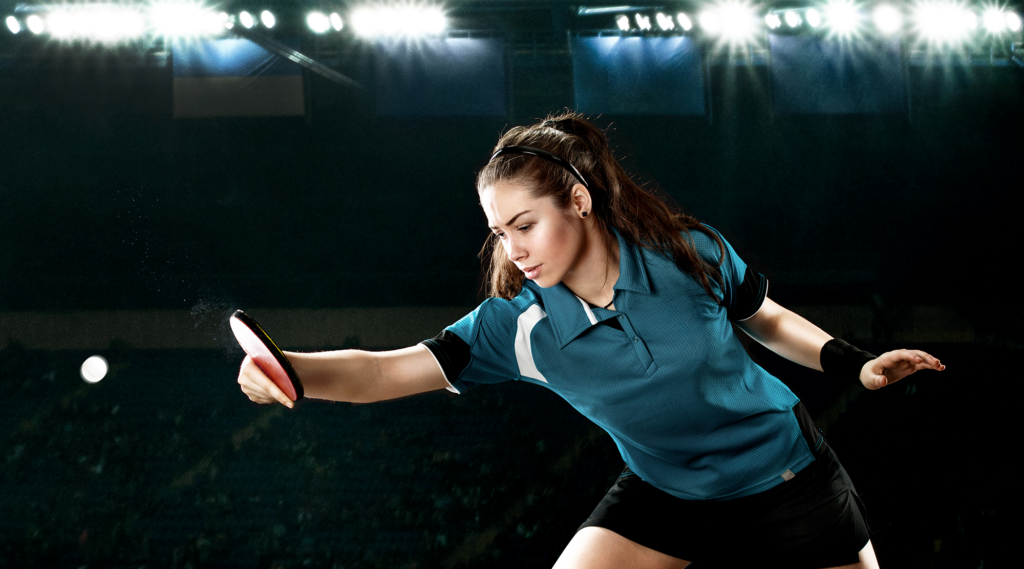
The sport has evolved significantly over the years, transitioning from a casual pastime to a highly competitive Olympic sport. In 1988, Table Tennis was officially included in the Olympic Games, further elevating its status globally.
The Game Mechanics
Table Tennis matches consist of several games, each played for 11 points. Players score points by hitting the ball over the net onto the opponent's side of the table. If the opponent fails to return the ball, the server earns a point. The game requires exceptional hand-eye coordination, quick reflexes, and strategic thinking.

Key Rules:
Service: The server must throw the ball vertically upwards at least 16 cm before striking it. The serve must hit the server’s side of the table before going over the net and hitting the opponent's side.
Rally: Players must return the ball before it bounces twice on their side. A rally continues until one player fails to return the ball.
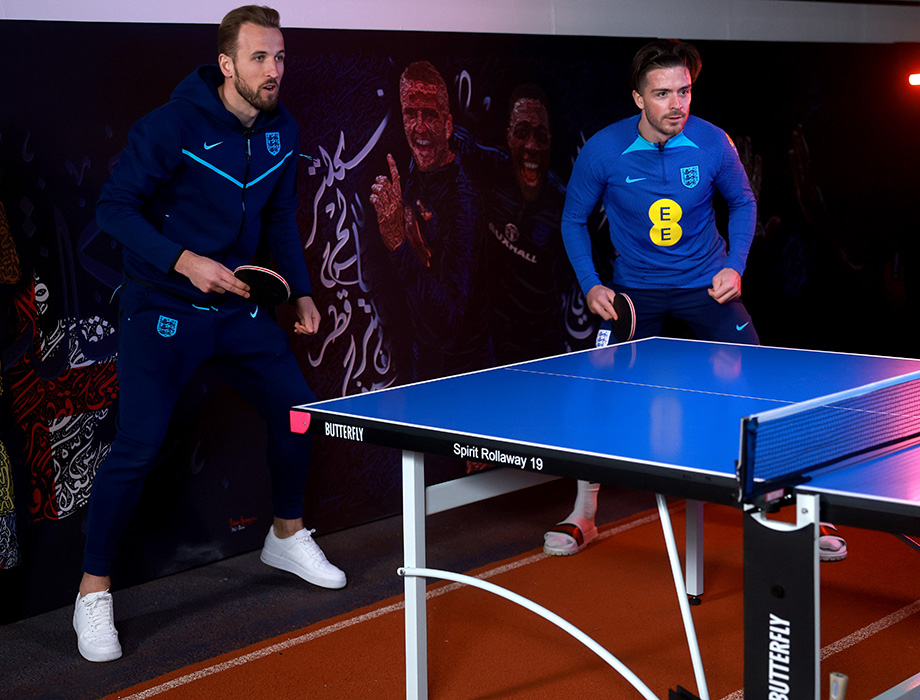
Scoring: Players play to 11 points, but a game must be won by a two-point margin. Matches can be best of five or seven games, depending on the tournament format.
Skill Sets Required
Table Tennis demands a diverse set of skills, including:
Speed and Agility: Players must move quickly around the table to return shots.
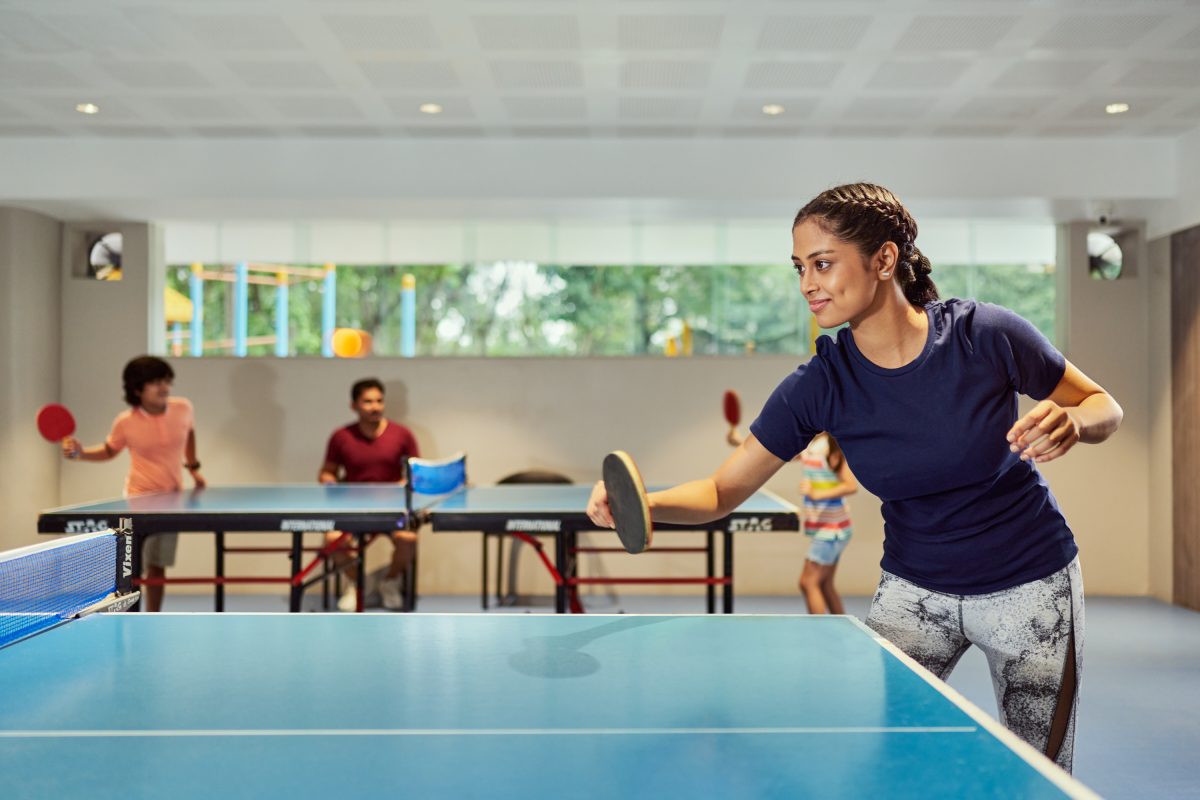
Reflexes: The game involves rapid exchanges, requiring quick reactions to opponents’ shots.
Precision: Accuracy in serving and returning the ball is crucial for scoring.
Spin Techniques: Players utilize various spins (topspin, backspin, sidespin) to control the ball's trajectory and confuse opponents.
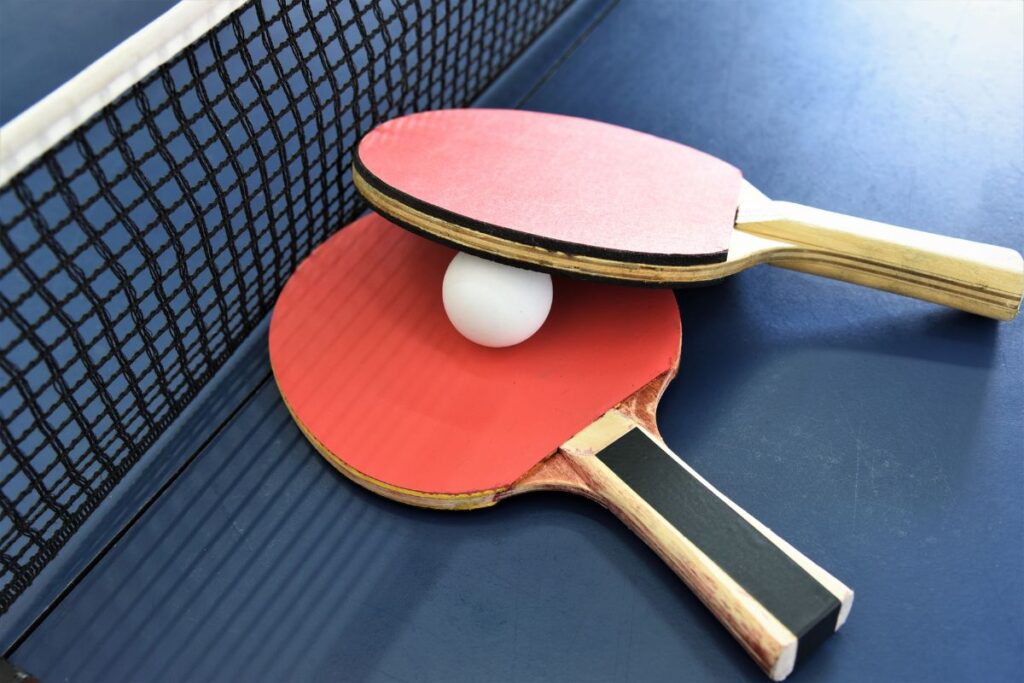
Training and Preparation
Training for table tennis involves rigorous practice and physical conditioning. Players engage in drills that focus on improving their footwork, hand-eye coordination and shot accuracy. Strength training and flexibility exercises are essential to enhance endurance and prevent injuries.
Typical Training Regimen:
Technical Drills: Practicing specific shots, serves, and spins.

Match Simulation: Playing practice matches to mimic competitive conditions.
Fitness Training: Cardiovascular workouts, strength training, and agility drills.
Mental Preparation: Visualization techniques and strategic planning against potential opponents.

The Impact of Technology
Advancements in technology have significantly influenced table tennis training and competition. High-speed cameras and video analysis software allow players and coaches to study gameplay in detail, helping identify strengths and weaknesses.
Additionally, modern paddles and balls have been designed to enhance performance, with players opting for specific equipment that complements their playing style.

Key Players to Watch at Paris 2024
As the Olympics approach, several players stand out in the table tennis landscape. Some of the most notable athletes include:
Ma Long (China): Often regarded as one of the greatest table tennis players of all time, Ma Long has multiple World Championship titles and Olympic gold medals. His skill, experience, and tactical acumen make him a formidable opponent.
Ding Ning (China): A standout in women’s table tennis, Ding Ning is a two-time Olympic champion and World Champion, known for her exceptional control and strategic play.

Tomokazu Harimoto (Japan): A young prodigy, Harimoto has gained international recognition for his speed and aggressive style. He is considered a rising star in the sport.
Mima Ito (Japan): Ito made headlines as one of the youngest players to compete at a high level. Her unique playing style and fierce competitiveness make her a strong contender for a medal.
Cultural Significance

Table Tennis has a rich cultural significance, especially in countries like China, where it is considered a national sport. The sport promotes social interaction and community engagement, as players of all ages participate in local clubs and competitions. The Olympic spotlight enhances the sport's profile, inspiring future generations to take up table tennis.
Challenges and Future Prospects
Despite its growing popularity, table tennis faces challenges, including the need for greater visibility and sponsorship. While the sport is well-established in Asia, expanding its reach in Europe and the Americas remains crucial for its growth.
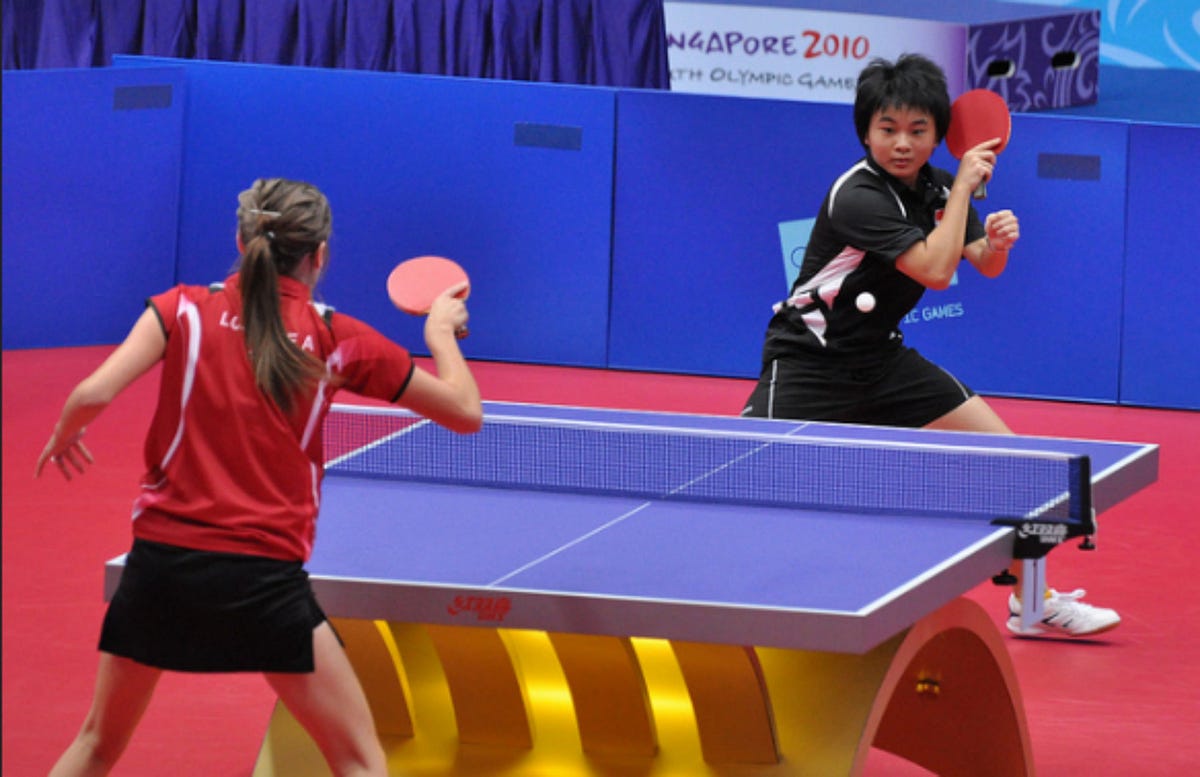
As Paris 2024 approaches, the Olympic stage presents a unique opportunity for table tennis to captivate audiences worldwide. With an exciting mix of speed, skill, and strategy, the matches are expected to be fast-paced and dramatic.
Conclusion
Table Tennis at the Paris 2024 Olympics promises to be a thrilling spectacle, showcasing some of the best athletes in the sport. With its blend of speed, precision, and strategy, table tennis is set to engage fans and highlight the exceptional talent of its players. As nations compete for Olympic glory, the future of table tennis looks bright, with the potential to inspire a new generation of players and enthusiasts globally. The stage is set for an unforgettable display of athletic prowess, making table tennis one of the must-watch events of the Olympic Games.

